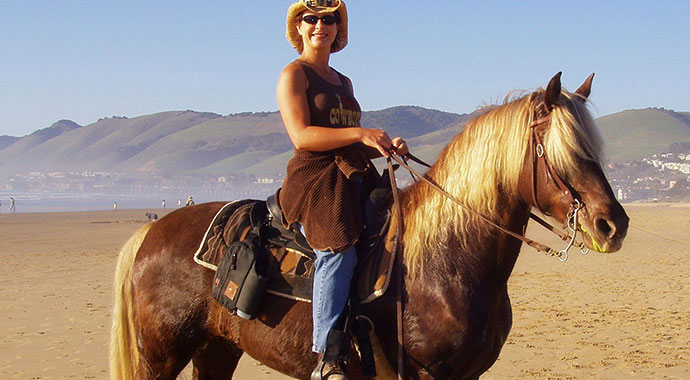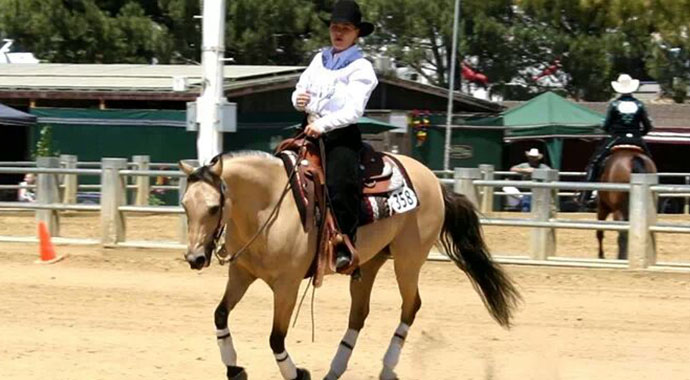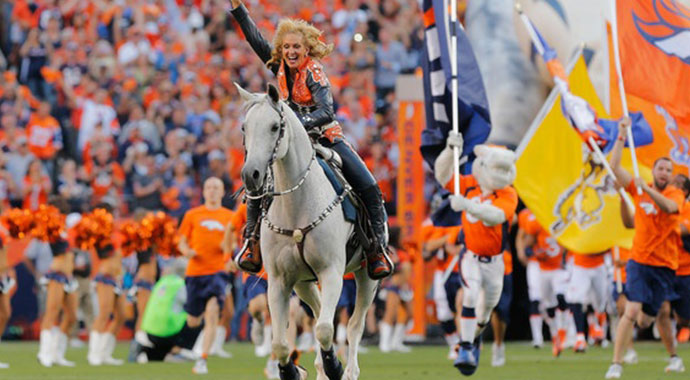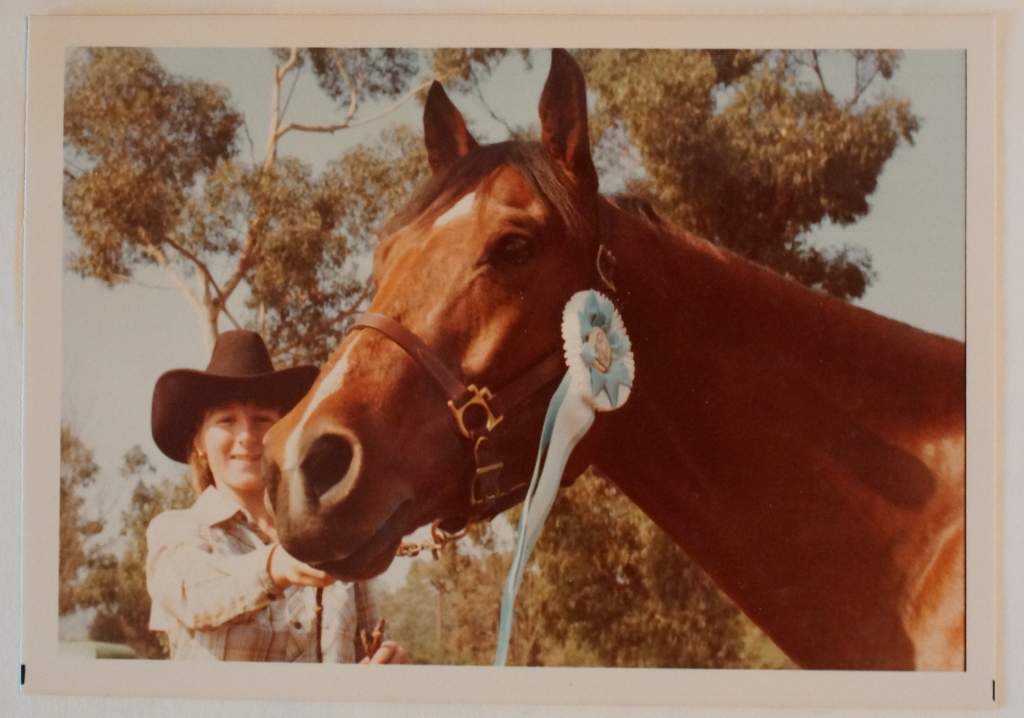Chances are, if you have done any amount of riding in and around the Central Coast, you’ve happened upon riders happily bobbing along on their Rocky Mountain horses. You may not have recognized the breed, but it’s likely you recognized that signature smooth gait that makes it look as though the rider is barely moving in the saddle. This month, our spotlight has been shined upon a local Rocky Mountain owner; she tells us a little bit about her horses, the reason she chose the breed, and her favorite riding spots. But first, a little history on the breed itself.
Despite the breed name, the Rocky Mountain Horse did not originate in the Rocky Mountains, rather the Appalachian Mountains of Kentucky. Kentucky is well known for its love of the gaited breeds, and the Saddlebred, Missouri Fox Trotter, Kentucky Mountain Saddle Horse and Tennessee Walking Horse all originated in the same general geographic location for the same general purpose…a strong, confident, showy and comfortable multi-purpose riding and driving horse with some “flair”.
Strong, confident, showy and comfortable multi-purpose riding and driving horse with some “flair”.
In the mid-20th Century, a stallion by the name of Old Tobe became the foundation for what is now the modern day Rocky Mountain horse. Interestingly, just about every registered Rocky Mountain Horse today can be traced back to the Old Tobe line in some fashion. Sam Tuttle, Old Tobe’s owner, was a proud and active advocate of the breed, and even during the Great Depression, he kept his breeding program alive. Tuttle held the horseback riding concession for the National Bridge State Park, and actually used Old Tobe for trail rides, as well as for breeding mares in an effort to create more saddle horses for his string and for outside horse owners who were looking for solid pleasure and working mounts. Horses from this line were prized for many reasons, but perhaps the most notable are the ambling gait, their generally easy going temperament and their signature beauty.
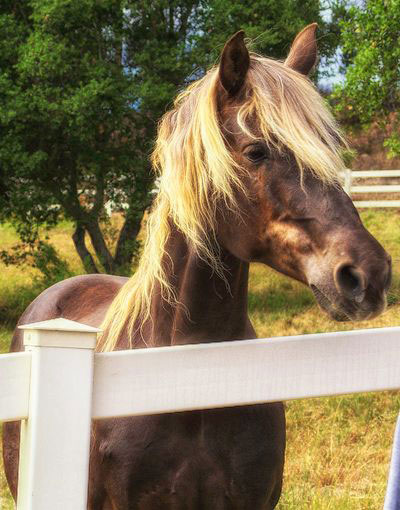
Being a relatively “new” breed in comparison to, say, the Arabian or Spanish Barb, the Rocky Mountain horse comes in many different shapes, sizes and colors. There are some standards, though…height ranges between 14 and 16 hands, all solid colors are accepted, and minimal white is also accepted so long that there is no “body color” or white that extends above the knee. Despite the relatively loose color restrictions, a dark brown color called “chocolate” with a flaxen mane and tail is by far the most popular and, arguably, the most preferred. The Rocky Mountain horse carries a rare silver dapple gene that plays on a black base to create this unique color. Sadly, the Rocky mountain horse has the highest risk of any breed for a disease called MCOA, which degrades the ocular tissue and creates compromised vision, and genetic studies have shown that this is related to the silver dapple gene. Most horses are tested for this trait or syndrome when they are young.
Perhaps the most interesting and important characteristic of the Rocky Mountain breed is the smooth, ambling gait, called the “single foot”, which replaces the trot. A horse with a good single-foot is extremely comfortable, and there are approximately 30 known horse breeds that are “gaited”. The trot being a “two beat” gait causes the rider to bounce, requiring a slow down, which is the western “jog”, or for the rider to “post”, as seen in english riding, but the single foot being a “four beat” gait means that there is always one foot on the ground, creating a much smoother topline at speed, and thus reducing rider movement. The Rocky Mountain horse can maintain this gait solidly for long periods of time, making it a great trial or pleasure mount for just about any rider, especially those with physical issues.
You can’t beat “smooth and beautiful”.
One Central Coast resident, Glenda Scharrette, took the time to speak with us about her experiences with the Rocky Mountain Horse Breed.
So, Glenda, have you always been a horse lover?
I lived on a ranch when I was a little girl, and the neighbors had a horse out in their pasture. When my parents asked me what I wanted for Christmas or birthdays, my answer was always, “that horse”. Eventually, my parents asked about the horse, but it turned out that it was quite old and a beloved family pet, so they wouldn’t sell. It was probably a good thing, because shortly after we moved to the city.
Did that dim your desire for horses?
Definitely not! I would babysit for extra money and I think that I spent all of it, and then some, to ride the horses at the local rental stable.
Eventually you ended up a horse owner; what made you decide on the Rocky Mountain Horse?
My main sport is trail riding, though I would like to get into endurance at some point, but my schedule doesn’t allow for that right now. As a trail rider, I was drawn to the Rocky because they have great stamina, they are generally calm, willing to please, and of course you can’t beat the gait. It doesn’t hurt that they are gorgeous either! Also, you can mount up after not riding for quite some time and the horse isn’t a nut case. No lunging needed.
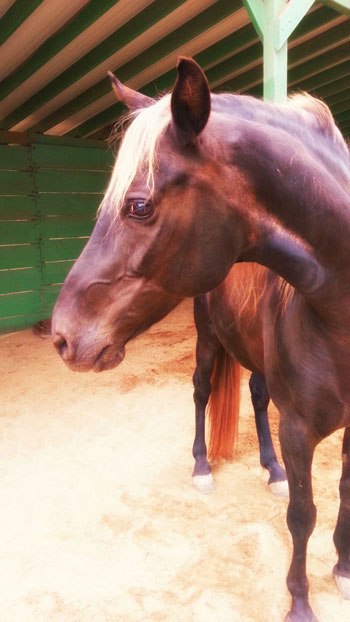
Tell us about your horse(s).
Right now, “Pay Day” or, as I call her, “Huggy” is my only personal horse. I went to the Rocky Mountain International Show in Kentucky with my friend, Randy Inman from Stamping Ground, Kentucky, and he took me around the show grounds showing me all the horses for sale. I didn’t find anything that really seemed right for me, so Randy took me to the ranch of Dave and Phyllis McGuire. They had a huge pasture filled with yearlings, and this one little filly caught my eye. She was so inquisitive, full of personality and beautiful! What else could I ask for? Huggy is double registered as a Rocky Mountain and Kentucky Mountain Horse, has the signature chocolate coat with flaxen mane and tail, is the perfect size, and she turned 11 last January. I have never regretting purchasing her for a second.
But at one point Huggy wasn’t your only horse, right?
When I bought Huggy, my plan was to go into breeding. I actually purchased 15 Rockies, all through Randy Inman (who I would never hesitate to refer to anyone). Actually, a friend of mine, Gale Kemble and I purchased a very rare silver grullo Rocky Mountain stallion, named Stormy, to use for breeding. He is absolutely gorgeous; his color changes seasonally, but basically, he is a silver/gray/taupe body color with a dark stripe running from the tip of his tail to the top of his head, and a silver and gold mane and tail. He also has an almost airbrushed quality to his face, with eyeliner around the eyes and ears. At one point, he was the only stallion of his color in the registry. When I decided against going into breeding we gelded him, but we retained 20 straws of semen, and we are hoping that at some point someone will want to infuse his amazing color and conformation into their own breeding program. Finding someone here on the Central Coast who is interested would be amazing, as I would love to see his get.
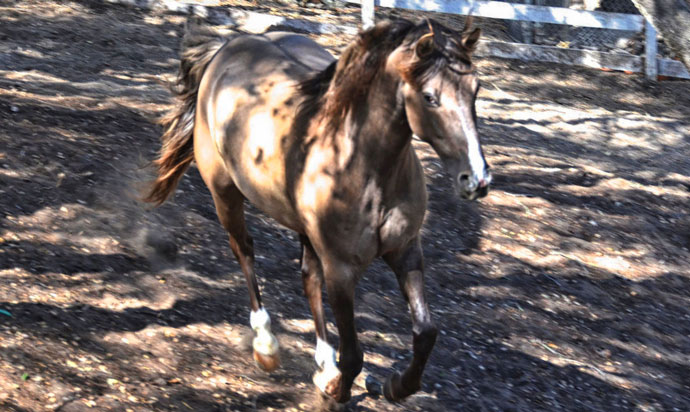
Being an avid trail rider, tell our readers a little bit about the places you enjoy and the clubs that you ride with.
I am in several clubs: West Coast Rocky Mountain Horse Club, Ride Nipomo, Back Country Horsemen and Black Bear Riders. Locally, we ride mostly through the Woodlands, on the beach (Oceano, Pismo, Morro Bay), Montana de Oro and Santa Margarita. The trail systems in our county are really incredible. I do, however, absolutely love to travel with my horse. My favorite places to ride are mostly up north; Santa Cruz and Pt. Reyes. I try to find time to go out of town riding at least once a month.
Well, thank you for taking the time to share your experiences with what is undoubtedly one of the more popular breeds for trail riders here on the Central Coast.
My pleasure. I would never hesitate to suggest that anyone, even someone who isn’t extremely experienced, go with the Rocky Mountain Horse. You can’t beat “smooth and beautiful”.
** Cover Image: “Rocky” with Wendy Conduc.
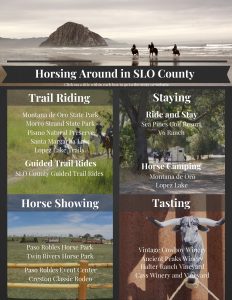 There are so many ways to horse around in stunning SLO County. To keep this info at your fingertips we have developed a FREE Hot Sheet that will direct you to stories which tell you where you can trail ride, stay with your horse, show and taste. We’ll continue to add horsing around stories to our website. You can stay up-to-date by becoming a SLO Horse News herd member. Get your Horsing Around in SLO County Hot Sheet here >.
There are so many ways to horse around in stunning SLO County. To keep this info at your fingertips we have developed a FREE Hot Sheet that will direct you to stories which tell you where you can trail ride, stay with your horse, show and taste. We’ll continue to add horsing around stories to our website. You can stay up-to-date by becoming a SLO Horse News herd member. Get your Horsing Around in SLO County Hot Sheet here >.

